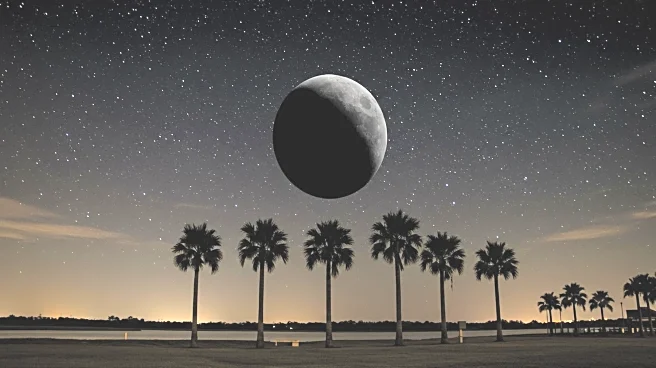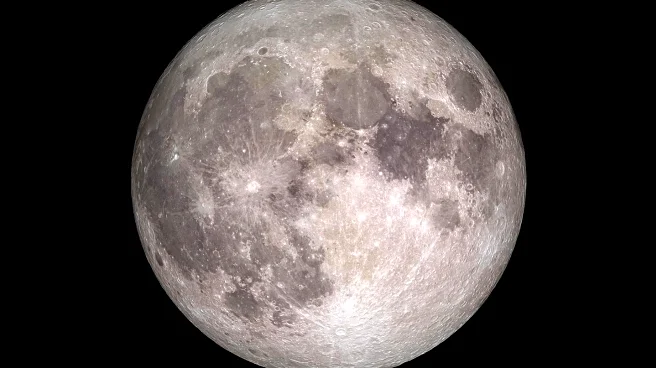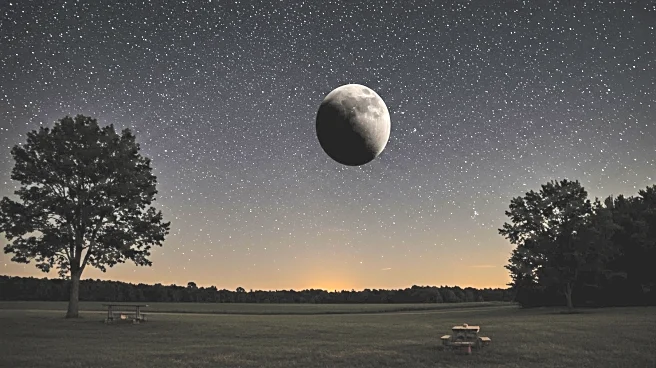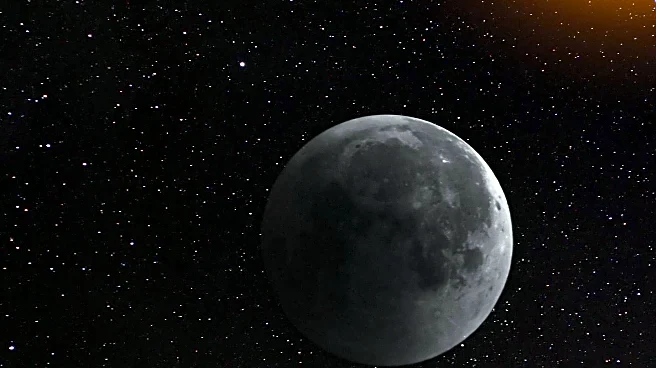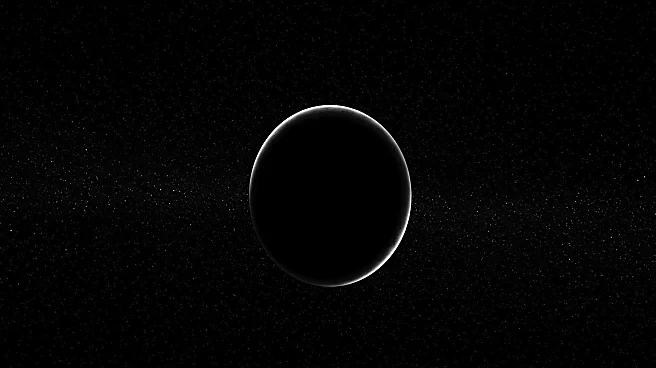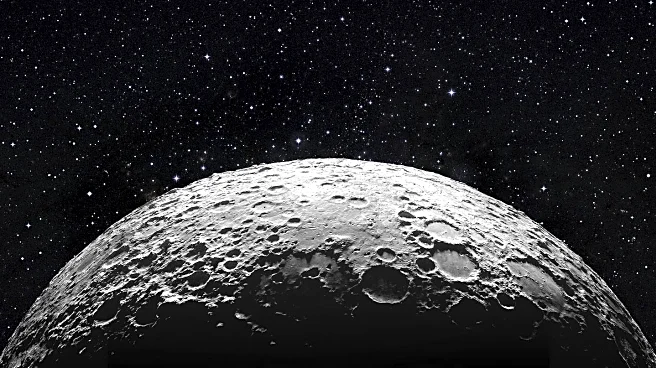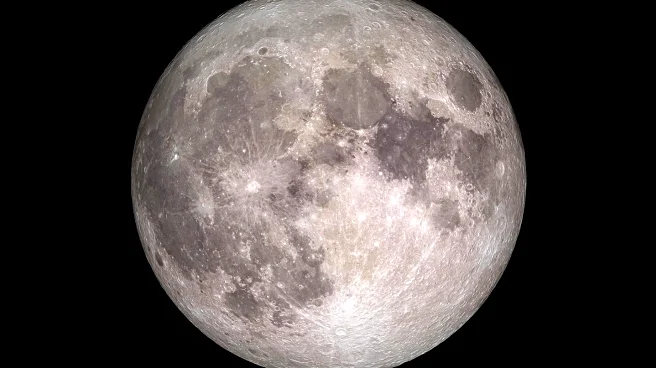What's Happening?
A rare astronomical event known as the 'black moon' is occurring on August 23, 2025. This phenomenon is characterized by the third new moon in a season that typically has four. During this phase, the moon is positioned between the Earth and the sun, rendering it invisible from Earth. The event is not an official astronomical term but is recognized for its rarity, occurring approximately every 33 months. The black moon will peak at 2:06 a.m. ET, but its effects will be noticeable throughout the night, providing an excellent opportunity for stargazing as the absence of moonlight allows for clearer views of celestial objects.
Why It's Important?
The black moon presents a unique opportunity for astronomers and stargazers to observe the night sky without the interference of moonlight. This can enhance the visibility of faint celestial objects such as stars, galaxies, and nebulas. The event is significant for those interested in astronomy as it allows for better observation conditions. Additionally, the rarity of the black moon adds to its intrigue, drawing attention from both amateur and professional astronomers. The event also highlights the intricate dynamics of lunar cycles and their impact on astronomical observations.
What's Next?
Following the black moon, a thin crescent of the moon will become visible on August 23 and 24, appearing 30-40 minutes after sunset. Stargazers are encouraged to take advantage of this period for optimal viewing conditions. The next black moon is expected to occur on August 31, 2027, providing another opportunity for similar observations. Astronomy clubs and enthusiasts may organize events or gatherings to maximize the stargazing experience during this time.


